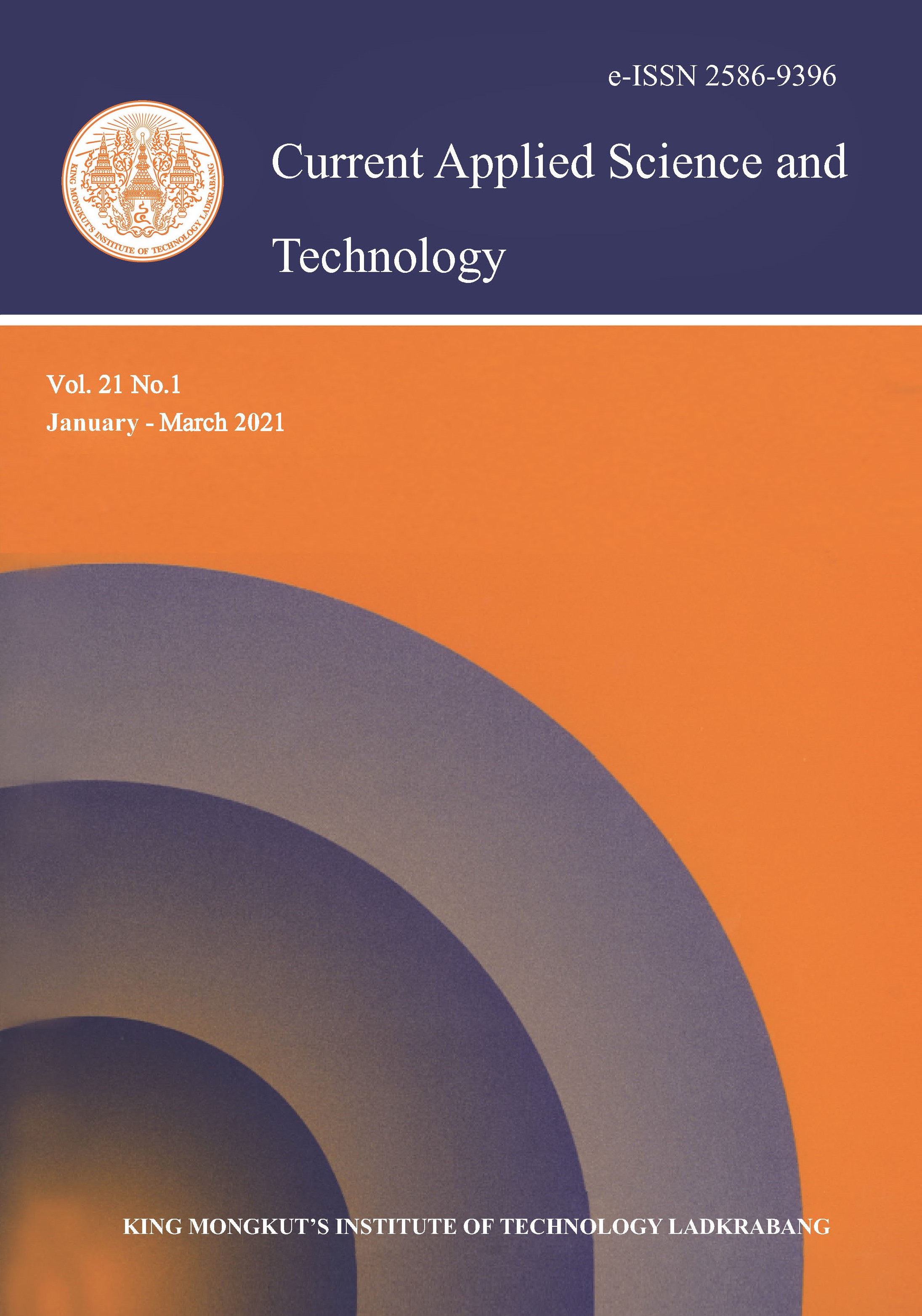The beta-hemolytic group A Streptococcus (GAS) is responsible for its sequel, acute rheumatic fever (ARF), which may lead to the more serious condition on other heart diseases. To gain a better understanding of the transmission in a population, we formulated epidemic models using a standard compartmental model and a continuous-time Markov chain. The models allow for the contribution of disease carrier and the effect of treatment. The equilibrium points and stability are analyzed in relation to the basic reproduction number based on the deterministic model. For the stochastic model, numerical simulation of sample paths is performed. The results indicate that the dynamic behavior for the two approaches depends on the epidemic threshold. Under stable endemic condition, most sample paths fluctuate around its mean and deterministic curve. On the other hand, when the basic reproduction number is less than one, the stochastic system undergoes a minor outbreak, while the deterministic curve approaches zero. The results are expected to be the first step of a deeper analysis of stochastic treatment linked to its deterministic counterpart.
Keywords: group A Streptococcus; acute rheumatic fever; deterministic model; stochastic model; carriers
*Corresponding author: Tel.: (+66) 94 264 8255
E-mail: klotpat@gmail.com
Patanarapeelert, N. undefined. ., Yokchoo, N. undefined. ., & Patanarapeelert*, K. undefined. . (2020). Deterministic and Stochastic Models of the Spread of Streptococcal Disease and Its Sequel. CURRENT APPLIED SCIENCE AND TECHNOLOGY, 104-114.
